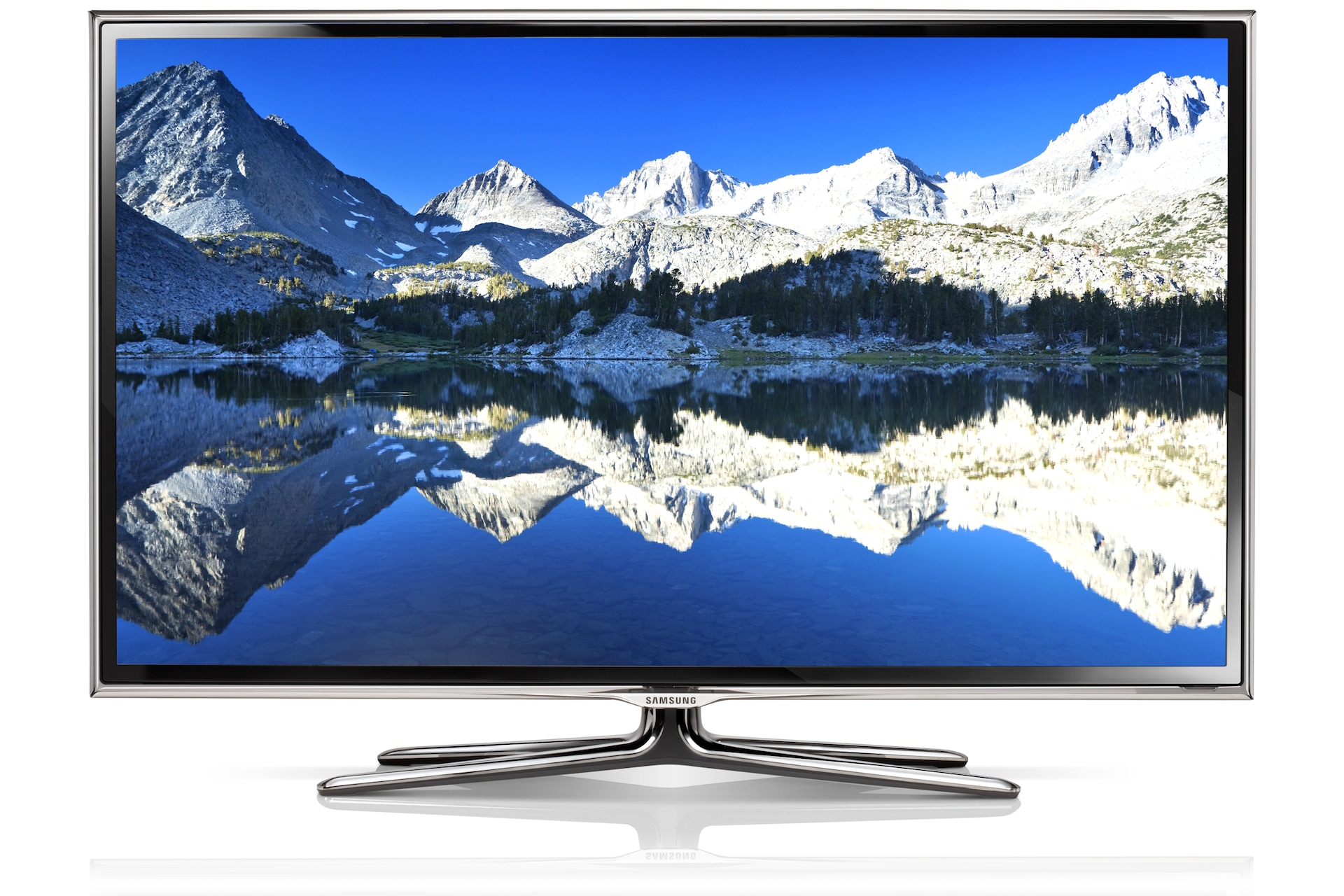There's something truly special about the television stories from the 1960s that took us out to the wild west. For many folks, these programs were a regular part of evening routines, a chance to step away from daily life and visit a time when courage and grit were everyday necessities. They brought the wide-open spaces and the spirit of the American frontier right into living rooms, shaping how a whole generation pictured that particular period in history. It was a time, you know, when heroes wore ten-gallon hats and justice often rode in on horseback.
These shows, you see, were more than just simple tales of cowboys and outlaws. They often explored deep ideas about right and wrong, about community building, and what it really took to survive in a tough, new place. People really connected with the struggles and triumphs of the characters, seeing a little bit of themselves in the folks who faced down challenges with a steady gaze. It was, in some respects, a simpler form of entertainment, but one that held a lot of heart and, well, a good deal of excitement too.
So, if you ever wonder why these old shows still get talked about, or why they hold such a warm spot in people's memories, it's because they offered a consistent dose of adventure and a moral compass that, frankly, felt pretty comforting. We're going to take a closer look at some of these memorable programs and talk about what made them such a big deal for audiences back then, and why their appeal, actually, still holds up today.
- Asking To Be A Godfather
- Norm Abram
- Vince Gill Net Worth 2024
- Vin Diesel Pay For Guardians Of The Galaxy
- Anthony Richardson Parents
Table of Contents
- What Made 60s TV Western Series So Popular?
- Iconic Characters and Stories from 60s TV Western Series
- How Did 60s TV Western Series Shape Television?
- The Evolution of Storytelling in 60s TV Western Series
- Did All 60s TV Western Series Feel the Same?
- Exploring Different Flavors of 60s TV Western Series
- Why Do These 60s TV Western Series Still Resonate?
- The Enduring Charm of 60s TV Western Series
What Made 60s TV Western Series So Popular?
You know, it's pretty interesting to think about why a particular kind of show really takes off with viewers. For 60s TV Western series, a big part of their appeal came from how they presented a world that felt both exciting and, well, a bit straightforward. There was often a clear distinction between the good guys and the bad guys, which, honestly, could be pretty comforting in a world that was starting to feel a little more complicated. Audiences really enjoyed seeing heroes stand up for what was right, often with a quick draw or a clever solution to a tough problem.
Then there was the sense of adventure, of course. Each week, people could watch characters face new challenges, whether it was a dangerous outlaw gang, a struggle with the elements, or a personal dilemma that tested their moral fiber. This regular dose of excitement, combined with the familiar settings of dusty towns and vast plains, created a kind of comforting predictability. Viewers knew what they were getting into, yet they were always eager to see how the story would unfold. It was, basically, a reliable source of thrills and, sometimes, even a few laughs.
Also, these programs often featured characters that viewers could really root for. They weren't perfect, but they usually had a strong sense of honor and a desire to help others. This made it easy for people to connect with them, to feel like they were part of their journey. The stories, too, often touched on universal themes like family bonds, loyalty, and finding one's place in the world. These were ideas that, naturally, spoke to everyone, making the 60s TV Western series a true gathering point for families around the television set.
Iconic Characters and Stories from 60s TV Western Series
When you think about 60s TV Western series, certain names and faces probably come to mind right away. Shows like "Gunsmoke," for instance, ran for an incredibly long time, bringing Marshal Matt Dillon and his friends to life week after week. People really got to know the folks in Dodge City, almost like they were neighbors. The show explored a lot of different situations, from tense standoffs to quiet moments of community life, and it always felt, you know, pretty genuine.
"Bonanza" was another huge hit, famously bringing color to the television screen and focusing on the Cartwright family and their Ponderosa ranch. This show was a bit different because it put family relationships at its core, showing how a father and his three sons worked together, faced troubles, and, well, always had each other's backs. It was a very popular example of a 60s TV Western series that really emphasized loyalty and sticking together, which resonated deeply with many viewers.
Then there were others, like "The Rifleman," featuring Chuck Connors as Lucas McCain, a widower raising his son and using his special rifle to uphold justice. Each episode presented a new situation where Lucas had to make a difficult choice, often teaching his son, Mark, about life along the way. "Rawhide" also captured imaginations, following the adventures of a cattle drive, with Clint Eastwood in one of his earliest big roles. These shows, pretty much, created a whole gallery of memorable figures who, in a way, defined the era of the 60s TV Western series for many.
How Did 60s TV Western Series Shape Television?
It's fair to say that 60s TV Western series did a lot more than just fill airtime; they actually helped define what television could be. For one thing, they showed that a genre could be incredibly popular and sustain a huge number of programs at once. At one point, you could, like, find several Westerns on different channels on the same night. This kind of widespread presence really helped solidify television as a major form of entertainment, showing its capacity to capture a large audience consistently.
These shows also played a part in developing storytelling for the small screen. They often featured strong, recurring characters and settings, allowing for a deeper exploration of themes and relationships over many episodes. This was, in some respects, a precursor to the serialized storytelling we see so much of today. They taught producers and writers how to build a world that viewers would want to return to, week after week, making the 60s TV Western series a kind of blueprint for future hits.
Moreover, the success of these programs meant that networks invested a good deal in their production. While they might seem simple by today's standards, for their time, many of these shows had pretty impressive sets, costumes, and action sequences. This commitment to production value, in fact, helped raise the bar for what audiences expected from their home entertainment. So, basically, the 60s TV Western series didn't just entertain; they helped shape the business and the art of television itself.
The Evolution of Storytelling in 60s TV Western Series
As the decade moved along, the way stories were told in 60s TV Western series started to change a little. Early on, many episodes were pretty self-contained, with a problem introduced and solved within a single half-hour or hour. But as audiences became more familiar with the characters and settings, writers began to experiment with more complex narratives. Sometimes, a story arc would stretch over a couple of episodes, or a character's personal journey would evolve more gradually across a season.
This shift meant that the shows could tackle slightly more nuanced issues. They weren't just about simple shootouts anymore; they might explore questions of prejudice, the challenges of progress, or the clash between different ways of life. This gave the 60s TV Western series a bit more depth, allowing them to reflect some of the broader societal changes that were happening outside the television screen. It was, you know, a subtle but significant move towards more mature storytelling, showing that even a familiar genre could adapt and grow.
You also saw a greater variety in the types of stories being told. While some shows stuck to the classic good-versus-evil formula, others might focus more on the day-to-day lives of settlers, or the legal aspects of frontier justice. This expansion of themes kept the genre fresh and appealing to a wider audience, showing that the stories of the old west could be, frankly, quite versatile. The 60s TV Western series, in a way, became a canvas for many different kinds of human experiences.
Did All 60s TV Western Series Feel the Same?
It's a fair question to ask if, with so many of them, all 60s TV Western series started to blend together. And the answer, honestly, is not really. While they shared some common elements – horses, hats, and the general setting – each show often had its own distinct personality and focus. Some leaned heavily into action and adventure, with lots of chases and dramatic confrontations. Others might have been more about the moral dilemmas faced by their characters, or even had a lighter, more comedic touch.
Consider the difference between a show like "Have Gun – Will Travel," which often featured a lone, philosophical gunfighter who traveled the land helping people, and something like "The Virginian," which was known for its longer, 90-minute episodes and a larger ensemble cast. These two, for instance, offered very different viewing experiences, even though both were set in the west. One was more about individual heroism, while the other explored the dynamics of a working ranch and a small community.
So, you had shows that were quite serious and dramatic, and then you had others, like "F Troop," which were, frankly, pretty silly and played for laughs. This variety meant that if you liked the general setting, you could almost certainly find a 60s TV Western series that suited your particular taste. The genre was, in short, much more diverse than a quick glance might suggest, offering a whole range of moods and storytelling approaches to viewers.
Exploring Different Flavors of 60s TV Western Series
To really appreciate the range within 60s TV Western series, it helps to look at some of the specific approaches they took. Some programs, for example, focused on historical events or real-life figures, trying to give viewers a glimpse into actual moments from the past, albeit with a good deal of dramatic license. These shows often tried to capture a sense of what life was truly like during the frontier days, blending fact with fiction to create engaging narratives.
Other shows were more purely fictional, creating their own towns and characters, and using the Western setting as a backdrop for timeless tales of good versus bad, or personal growth. These often allowed for a bit more creative freedom, letting writers invent situations that might not have been strictly historical but were, nevertheless, very compelling. This kind of flexibility was, you know, a big reason why the genre could produce so many different types of stories within the same general framework.
And then there were the shows that pushed the boundaries a bit, perhaps by introducing elements of mystery, or by having characters who were a little more morally gray than the typical hero. These programs, in a way, hinted at the future of television, where stories would become more complex and characters less easily defined. So, you see, the 60s TV Western series really offered a pretty wide array of storytelling styles, ensuring there was something for almost everyone who tuned in.
Why Do These 60s TV Western Series Still Resonate?
It's pretty amazing, isn't it, how shows from so long ago can still capture people's interest today? For 60s TV Western series, part of their lasting appeal comes from the straightforward moral lessons they often conveyed. In a world that sometimes feels overwhelmingly complicated, there's a certain comfort in stories where courage is rewarded, and fairness usually wins out. These shows, in a way, offer a kind of timeless wisdom about human nature and the importance of doing what's right, even when it's hard.
There's also a nostalgic element for many who grew up watching these programs. They represent a simpler time, perhaps, and tuning into an old episode can bring back fond memories of family viewing nights or childhood dreams of adventure. For younger audiences, too, these shows offer a glimpse into a historical period and a storytelling style that feels distinct from what's on television today. It's, basically, a chance to experience a piece of television history that still feels, well, pretty lively.
And let's not forget the sheer entertainment value. Many of these 60s TV Western series were genuinely well-made, with good writing, strong performances, and engaging plots. The action sequences, while perhaps not as flashy as modern productions, often had a raw energy that felt very real. So, even without the rose-tinted glasses of nostalgia, these programs often hold up as solid pieces of entertainment, capable of drawing in new viewers who appreciate a good story, honestly, no matter when it was made.
The Enduring Charm of 60s TV Western Series
The charm of 60s TV Western series, in a lot of ways, comes from their ability to transport us. They take us to a time and place that feels both distant and, in some respects, familiar. The wide-open landscapes, the sense of possibility, and the challenges of carving out a life in a new territory all combine to create a compelling picture. It's a kind of escapism that still works, offering a break from our own daily routines and letting us imagine ourselves in a different, more rugged existence.
Moreover, the characters in these shows often embody qualities that people still admire: resilience, honesty, a strong sense of purpose, and the willingness to stand up for others. These are virtues that, frankly, never go out of style. Watching a character like Marshal Dillon or Ben Cartwright face down a threat with integrity can be, you know, pretty inspiring, even all these years later. Their struggles and successes continue to resonate because they speak to universal human experiences.
Ultimately, the lasting appeal of 60s TV Western series lies in their blend of adventure, moral storytelling, and memorable characters. They represent a significant chapter in television history, but more than that, they offer a consistent source of engaging narratives that, pretty much, continue to entertain and, sometimes, even teach us something. They are, in short, a testament to the enduring power of a good story, told simply and with a lot of heart.
This exploration has covered the reasons behind the popularity of 60s TV Western series, highlighted some of their most iconic characters and stories, discussed how they influenced the broader television landscape, and considered why they continue to hold a special place in the hearts of viewers today. We've looked at the diverse storytelling approaches within the genre and the timeless qualities that contribute to their lasting charm.
Related Resources:



Detail Author:
- Name : Keira Crist
- Username : mccullough.herta
- Email : nienow.jason@gmail.com
- Birthdate : 1979-06-13
- Address : 121 Shayna Row Suite 510 Rahulborough, WA 62593
- Phone : 432.715.9444
- Company : Abshire Ltd
- Job : Artillery Crew Member
- Bio : Dolorum fugiat reprehenderit consequuntur magni qui molestias animi. Fuga recusandae dolorum aspernatur non libero omnis.
Socials
facebook:
- url : https://facebook.com/kenneth_skiles
- username : kenneth_skiles
- bio : Et cupiditate minima ex commodi quo.
- followers : 5330
- following : 1952
tiktok:
- url : https://tiktok.com/@kenneth.skiles
- username : kenneth.skiles
- bio : Ut rerum repellendus in hic quos beatae quas ex.
- followers : 1185
- following : 1610
instagram:
- url : https://instagram.com/kenneth_xx
- username : kenneth_xx
- bio : Maiores qui aut ab suscipit ipsa. Incidunt dolorem eligendi at provident in pariatur.
- followers : 1618
- following : 917
twitter:
- url : https://twitter.com/kennethskiles
- username : kennethskiles
- bio : Sunt rem labore et aliquam vel. Id consequatur dicta consectetur illo corrupti consequatur et. Ut odio est voluptatem enim error earum non.
- followers : 6502
- following : 1042